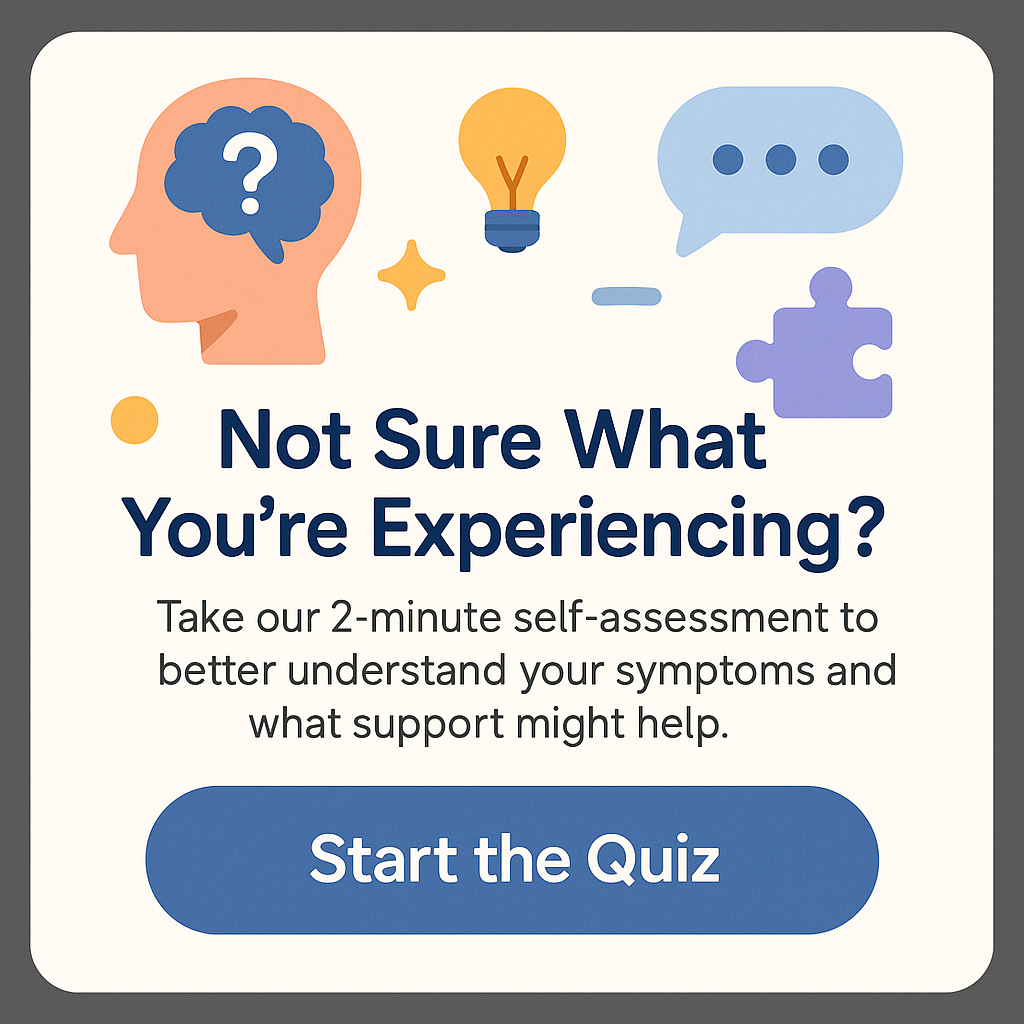What is an example of an ABA session?
Have you ever wondered what is an example of an ABA session? Applied Behavior Analysis (ABA) is a powerful approach used to understand and improve behaviors, particularly in children with autism. In this article, we’ll explore practical examples and the structures of ABA sessions, delving into interventions, techniques, and activities that help shape positive behavior. Whether you’re a parent considering ABA therapy for your child or a professional looking to refine your methods, understanding ABA sessions is essential.
Understanding ABA Therapy
Before diving into specific examples, let’s first grasp what ABA therapy entails. ABA is based on behavioral science and revolves around the idea that every behavior is a product of its environment. The foundation of ABA therapy is to reinforce desired behaviors and diminish undesired ones through structured techniques.
ABA sessions are typically personalized and can vary significantly based on the child’s needs, goals, and context. Each session can be conducted individually or in groups. So, what is an example of an ABA session? A session often begins with a structured routine that includes introductions, activities, and debriefings tailored to the child’s interests and learning styles.
Here’s a simple breakdown of a common ABA session:
- Introduction: The session starts with the therapist greeting the child and engaging in brief friendly conversation. This helps the child feel comfortable and prepared.
- Target Behavior: The therapist identifies a specific behavior to focus on, such as following instructions or improving social skills.
- Activities: A series of activities are planned to target the behavior. These might include games, role-playing, or art projects—all designed around making learning fun.
- Reinforcement: Positive reinforcement is used continuously throughout the session. If a child exhibits the desired behavior, the therapist may offer verbal praise, stickers, or small rewards.
- Closure: At the end of the session, the therapist discusses the day’s accomplishments with the child and their caregivers, helping everyone understand progress and areas for improvement.
This structure not only creates a supportive environment but also cultivates trust between the therapist and the child—an essential element in fostering effective learning and behavior modification.
Techniques Used in ABA Sessions
When looking at what is an example of an ABA session?, it’s crucial also to understand the variety of techniques that can be employed. One popular approach is the use of Discrete Trial Training (DTT).
DTT breaks down complex skills into smaller, manageable parts. Each part, called a ‘trial’, is systematically taught, allowing children to learn at their own pace. This method is particularly beneficial for children who may feel overwhelmed by larger tasks. Here’s how a DTT session might unfold:
- Instructions: The therapist gives a clear instruction, such as “Point to the red block.”
- Response: The child is encouraged to respond. If they correctly point to the red block, they are reinforced with praise or a reward.
- Feedback: If the child does not respond correctly, the therapist provides guidance to help them understand the instruction better.
DTT is effective in teaching both academic and daily living skills. Yet it’s just one example of the myriad of techniques in ABA sessions. Another technique is Natural Environment Teaching (NET). NET leverages everyday situations to teach skills, making learning more relatable and meaningful for children.
A typical NET session might involve taking a child to a park, where the therapist introduces language related to the activity: “Look at the swings! Can you push your friend?” This integrates skill development into natural play, enhancing retention and social engagement.
Real-Life Examples of ABA Sessions
So, what is an example of an ABA session that you might see in practice? Let’s take a look at a couple of real-life scenarios. Suppose you have a five-year-old diagnosed with autism who struggles with sharing toys. In an ABA session, the therapist designs a play scenario where the child and a peer are playing with building blocks.
This therapy session could include:
- Setting Goals: A specific goal is set: to encourage sharing. The therapist explains to both children that they will earn a star if they can share at least two blocks.
- Playtime: The children begin playing. The therapist observes closely, providing guidance and reminders like, “Remember to share! You can ask your friend for a block.”
- Feedback and Reinforcement: When the child shares, they receive immediate praise and a star sticker. If’ they forget, they receive gentle reminders and coaching.
This example presents a real-world application of ABA techniques, blending play with meaningful skill-building experiences.
Another instance could involve an older child, say nine years old, who struggles with verbal communication. An ABA session for this child might involve:
- Using Visual Supports: The therapist uses picture cards to encourage the child to express their needs, such as asking for water.
- Role-Playing: The therapist creates a scenario where the child practices using the cards in a fun, interactive way.
- Encouragement: Positive reinforcement via verbal praise or small rewards for each successful use of the communication cards.
These real-life examples illustrate just a snapshot of how ABA sessions function, showcasing the techniques that encourage learning in engaging and effective ways.
Measuring Success in ABA
As we explore what is an example of an ABA session, understanding how success is measured can also be beneficial. ABA relies heavily on data collection to ensure that goals are being met and behaviors are changing meaningfully.
Data collection happens in various ways during a session:
- Behavior Counting: Therapists may record how many times a specific behavior occurs, such as instances of sharing or instances of appropriate social engagement.
- Graphing Progress: Over time, results can be graphed to show trends or patterns in the child’s behavior, providing a visual representation of growth.
- Feedback Loops: Regular reviews with parents or caregivers ensure everyone involved understands the child’s progress, and necessary adjustments can be made to goals or techniques.
This data-driven aspect of ABA therapy is one of its strengths, providing concrete evidence of efficacy and areas needing attention, ultimately paving the way for children to succeed to their fullest potential.
Conclusion
To conclude, understanding what is an example of an ABA session? gives valuable insight into how Applied Behavior Analysis serves as an effective tool for behavior modification and skill development, particularly for children with autism. By recognizing the structure of a typical session, the techniques such as DTT and NET, and real-life examples, caregivers and professionals alike can appreciate the depth of ABA practices.
ABA is not just about compliance; it’s about empowering children to learn and thrive in a supportive environment. With dedication, data-driven strategies, and a touch of creativity, ABA sessions can transform lives, making them a cornerstone in autistic therapy.
FAQs
- What does an ABA therapist do?
An ABA therapist works with children to develop strategies and interventions that improve specific behavioral skills, focusing on positive reinforcement and individualized goals.
- How long does an ABA session typically last?
Most ABA sessions last between 60 to 90 minutes, depending on the child’s age, needs, and the goals in focus during that session.
- Is ABA therapy effective for all children with autism?
While ABA has proven effective for many, every child is unique. Some children may respond better to other types of therapies. It’s essential to have personalized assessments and adjust approaches based on what works best.
- Can parents participate in ABA sessions?
Absolutely! Parental involvement is crucial in ABA therapy. Many therapists encourage parents to join sessions to learn techniques that can be applied at home.
- Where can I find an ABA therapist?
Finding a qualified ABA therapist can be done through local autism centers, clinics, or therapists’ directories. Ensure certifications and experience are appropriate for your needs.
What is the difference between aba and psychology?
Is it Autism or ADHD? Understanding the Differences and Similarities







